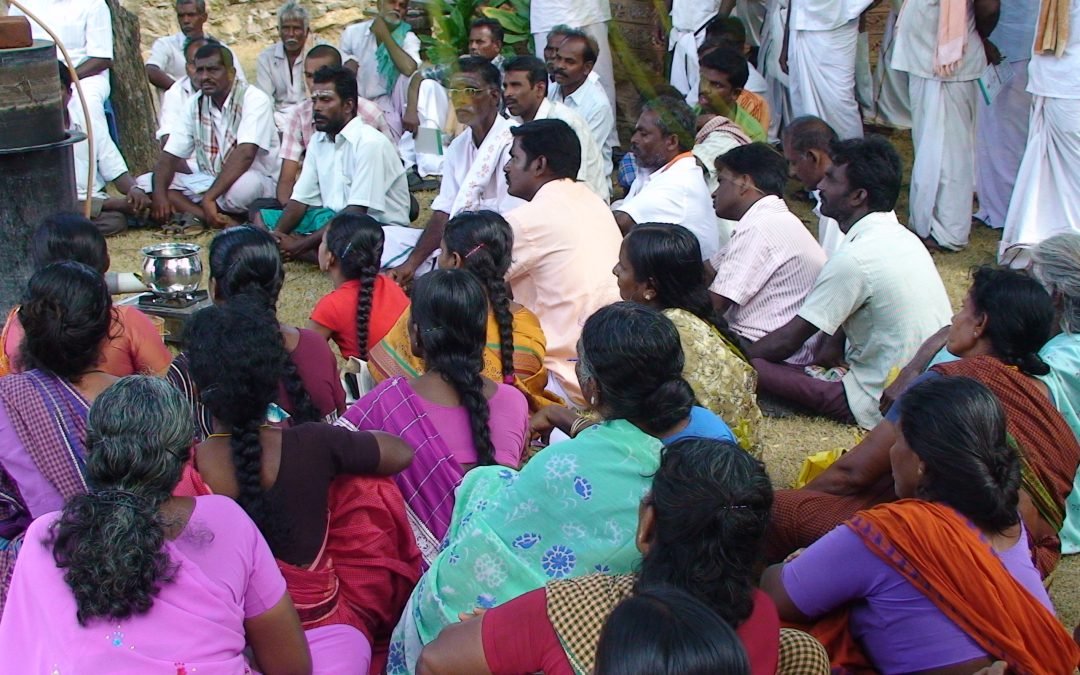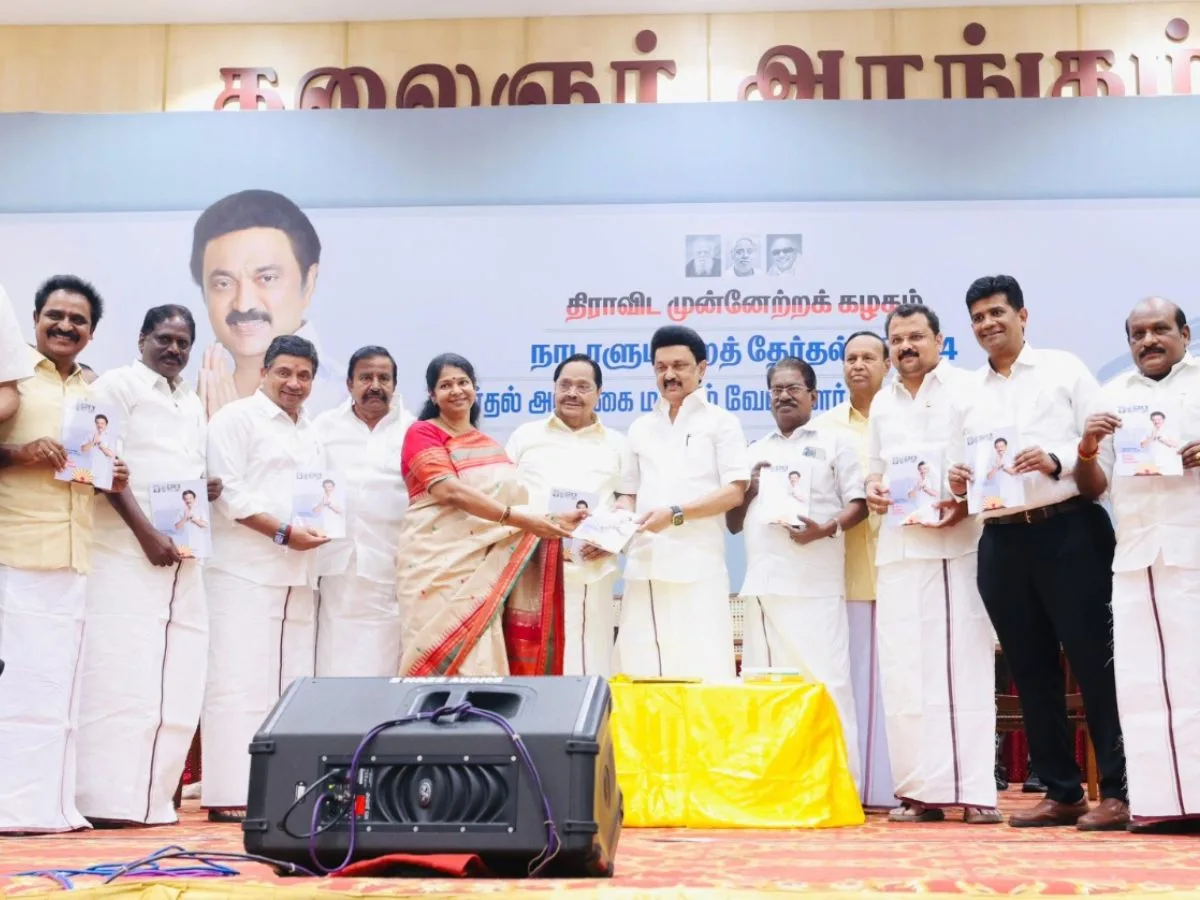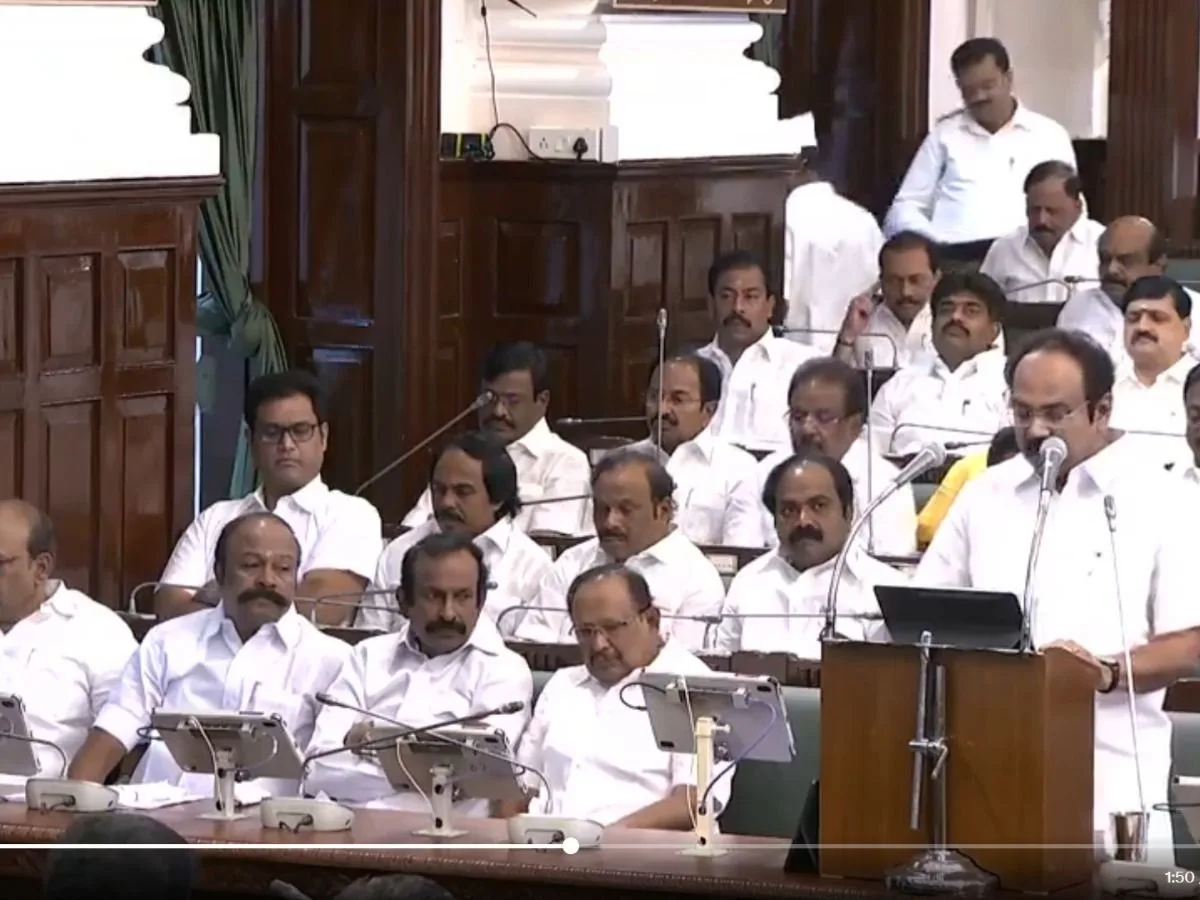Read in : தமிழ்
Controlling pest attack is a major problem in agriculture. A farmer has two options in fighting pest: He can either buy the input from a retail shop or make his own inputs and use them.
The first choice is easy but is not cost-effective. It creates a dent in the farmer’s pocket. The second sounds easy but requires patience and labour.
Farmers should have the approach of making their own inputs and a mindset to use them instead of buying from external sources if they want to save money in agriculture.
Remember that 70% of the cost can be curtailed if farmers make and use their own inputs, especially bio-inputs
Kozhikottu Pothai is a small village in Kanyakumari district, Tamil Nadu, where several farmers have been using many traditional inputs made by them for managing pest menace.
“The inputs can help temporary control of crop pests and also help farmers to come out of their dependence on chemical pesticides, which will in turn help them from from sinking into debt,” says Vasudeo, Secretary, Vivekananda Kendra-Natural Resources Development Project, Kanyakumari.
These formulations are quite popular among the local farmers mainly because the inputs necessary for making them are easily available in their neighbourhoods. No big investment is needed to make them and they have been found effective.
For example, a pest control concoction from papaya leaves is made by soaking one or two kg of green papaya leaves inside water (the entire leaves should be submerged) for a day. The leaves are then ground into a paste in a mortar and mixed in a litre of water and sprayed over the crops.
Another method is pungamia extract (pungam in Tamil) which can be made in two different ways. The first is by soaking one or two kg of pungam leaves inside water for a day after which the leaves are ground into a paste and mixed in 6 litres of water and sprayed. The second is by grinding about 50 gm of pungam seeds and soaking the powder in water overnight. About a litre of water is added to it later and used.
Tulsi and neem leaves are also commonly used by farmers to protect their crops from pest and infestations. About 100 gm of tulsi or neem leaves are soaked in water for a day. Next day it is ground into paste and diluted in 2 litres of water and the concoction sprayed over the crops.
Another common leaf based extract made by the farmers in the village is “moondru ilai karaisal” (three-leaf formulation). It is made by soaking about 3 to 4 kg each of yerukku , neem, vembu and vitex (nochi in Tamil) in about 5 litres of country cow’s urine diluted in 3 litres water overnight. Next day the solution is filtered and diluted in about 60 litres of water and sprayed.
Usually the leaf extracts are filtered using a clean cotton cloth and about 2 gm khadi soap solution is added per litre of the solution and then sprayed. If khadi soap is not available then farmers use neem oil. It is just an adhesive to enable the sprayed solution to stick to the leaves.
Farmers should remember that these formulations are being used by those who have found it effective. None of these is scientifically validated.
It is traditional knowledge from a particular region which has been handed down verbally for generations and farmers who use them have found it useful.
All the above mentioned leaf extracts are effective in controlling almost all major pest attacks in crops normally grown in Tamil Nadu.
For more information readers can contact Vasudeo, Secretary, Vivekananda Kendra-Natural Resources Development Project, VK-Nardep, Vivekanandapuram, Kanyakumari – 629 702, Tamil Nadu, India, email. vknardep@gmail.com, phone: 04652 246296 and 04652 -247126.
Read in : தமிழ்











